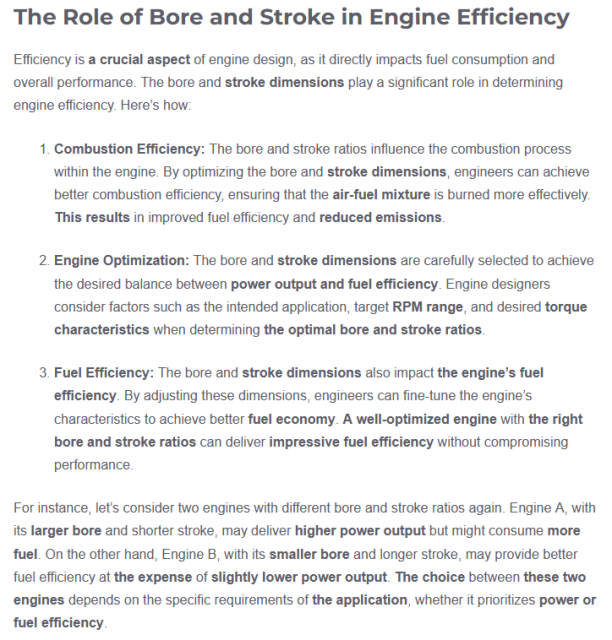After the obvious is done like a much larger turbo, ported head, aggressive camshaft (mountune/piper stage 4) and upgraded valve springs what's next?
Is the stock rotating assembly strong enough to handle those kinds of rpms?
I would think the rotating assembly would have to be removed and precision balanced before spinning that high. The forged rods and pistons as far as I know are a bit more dynamically balanced than the oem components but heavier... And with that i was wondering could your run of the mill machine shop come close to the balance of a aftermarket components
Lastly a lightweight crank is also available and I'm sure that will help too.
I'm just curious as to why 8k rpm Fiesta's are exceptionally rare. If i could i would definitely try my hand at building one.
Is the stock rotating assembly strong enough to handle those kinds of rpms?
I would think the rotating assembly would have to be removed and precision balanced before spinning that high. The forged rods and pistons as far as I know are a bit more dynamically balanced than the oem components but heavier... And with that i was wondering could your run of the mill machine shop come close to the balance of a aftermarket components
Lastly a lightweight crank is also available and I'm sure that will help too.
I'm just curious as to why 8k rpm Fiesta's are exceptionally rare. If i could i would definitely try my hand at building one.



